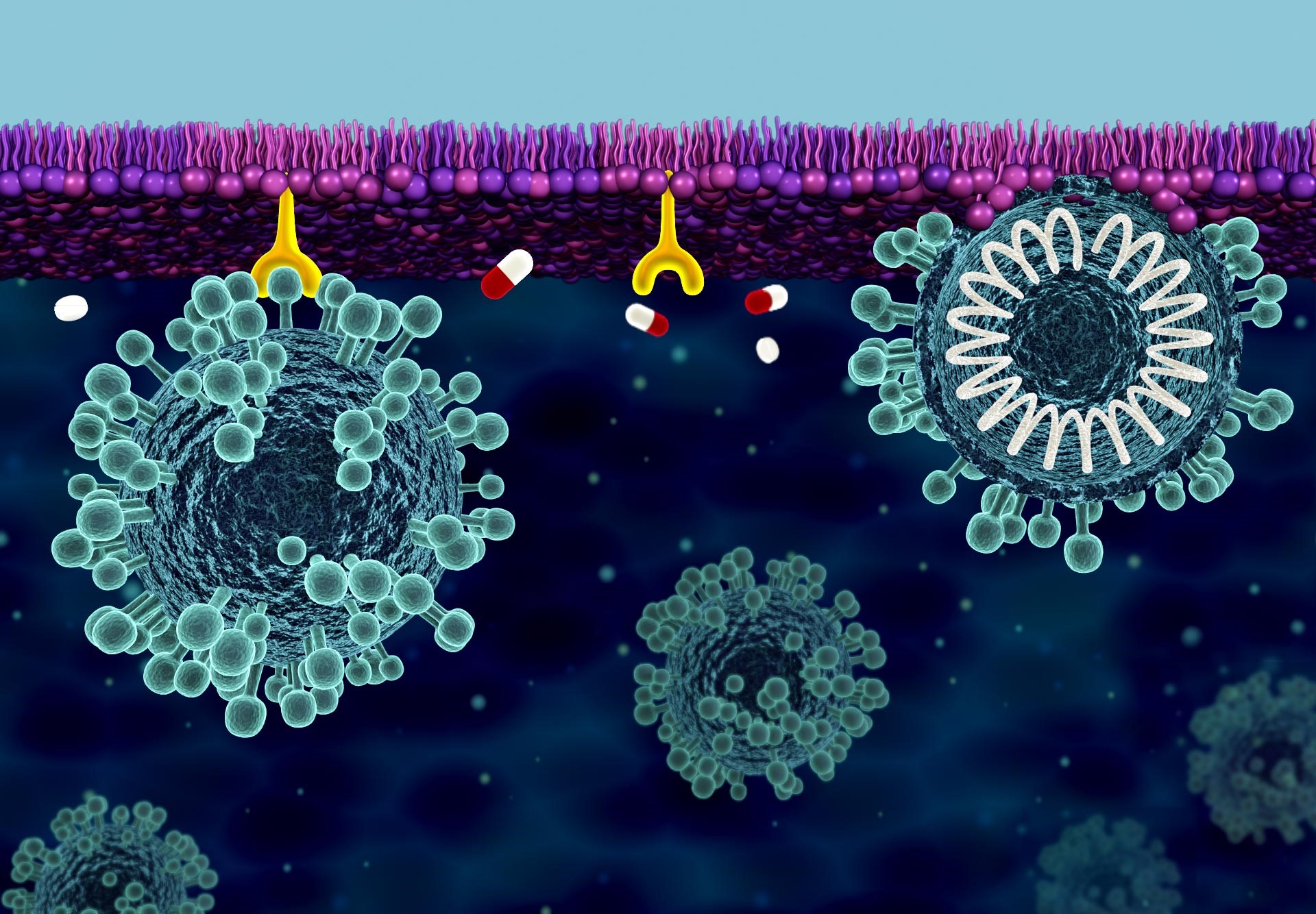Our microbiome consists of 100 thousand billion microbes that live inside our gut. These are both helpful and potentially harmful, and often have a symbiotic relationship with us. Alterations in the microbiome have been linked with many diseases from infection, colorectal cancer, and Crohn’s disease to neurological conditions including autism spectrum disorder, stress and anxiety. Often animal experiments are conducted in order to investigate the relationship between the gut microbiota and the gut, but these are increasingly questioned due to concerns surrounding their ethics, cost, and the fundamental differences in animals vs human physiology.
The first interaction that many of these microbes and their secretions have are with the intestinal wall – which consists of a thin layer of cells called the epithelium. These cells have a membrane containing unique proteins, sugars and lipids that are the initial point of contact with the microbes, their chemical messengers and also medicines which act on the gut. By combining biological techniques with electrical measurements, my project aims to interface the cell membrane with electrodes to create a platform that can be used to probe the early stages of the binding of molecules to the cell surface. This has the potential for label-free and real time detection of not only viral fusion events and bacterial interactions but also the detection of the binding of drugs to the cell surface hence providing a quick screening tool for drugs in the early stages of the drug development process. There exist many receptors that are known to have a function within the body, but it is not known what ligands can effectively bind these receptors. By interfacing the cell membrane with electrodes in an array format, a fast, multifaceted system could be achieved for the large scale screening of potential drugs and their targets.
Image Credit: ORNL/Jill Hemman
NanoDTC PhD Student, c2020

